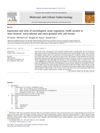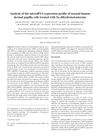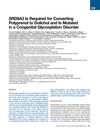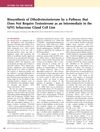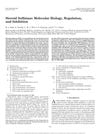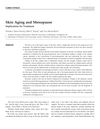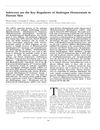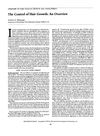Intracrine Androgen Biosynthesis, Metabolism, and Action Revisited
September 2017
in “
Molecular and Cellular Endocrinology
”
intracrine androgen synthesis androgen metabolites androgen conjugates two-gonadotrophin model steroid production androgens aging intracrinology androgen precursor steroid cell-specific enzymes androgen receptor intracrine production of oestrogens postmenopausal women adipose tissue skeletal muscle metabolic dysfunction 11-oxygenated C19 steroids sex steroid-dependent cancer androgen synthesis androgen precursor oestrogens fat tissue muscle
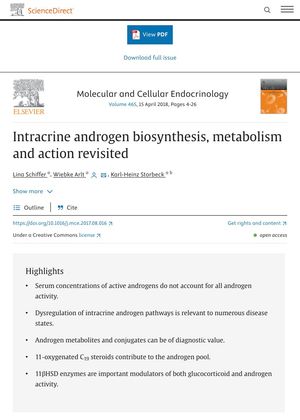
TLDR The document concludes that blocking the internal pathways that create androgens might help treat cancers that depend on sex hormones.
The 2018 document "Intracrine androgen biosynthesis, metabolism and action revisited" discussed the role of intracrine androgen synthesis in metabolic homeostasis and reproductive health in both men and women. It highlighted the importance of quantifying androgen metabolites and conjugates to assess intracrine androgen production. The paper also explained the "two-gonadotrophin" model and the role of various enzymes in the production of different steroids. It noted that a decline of androgens in men starting in the third decade of life can be observed due to aging. The document also introduced the concept of "intracrinology", where an androgen precursor steroid is enzymatically activated by cell-specific enzymes and pathways before exerting its effect via the AR. It emphasized the importance of intracrine production of oestrogens from androgen precursors, especially in postmenopausal women. The document also discussed the role of adipose tissue and skeletal muscle in intracrinology. It concluded by discussing the role of androgens in metabolic dysfunction and disease, with a focus on intracrine pathways for the metabolism of 11-oxygenated C19 steroids. The document suggested that the inhibition of intracrine pathways could be a promising treatment option for sex steroid-dependent cancer.



